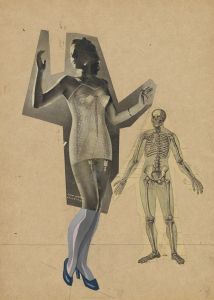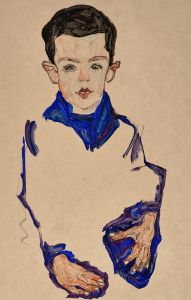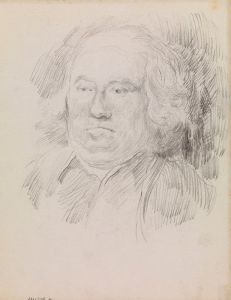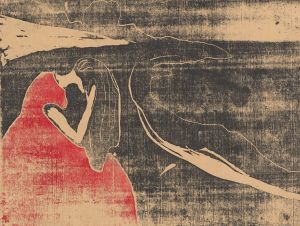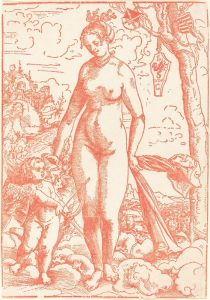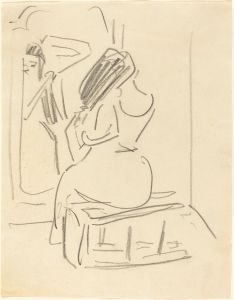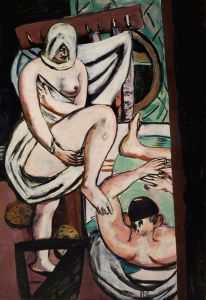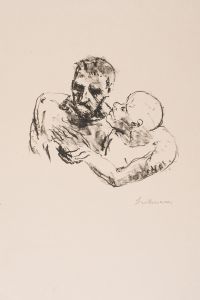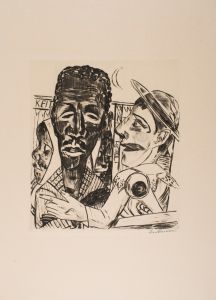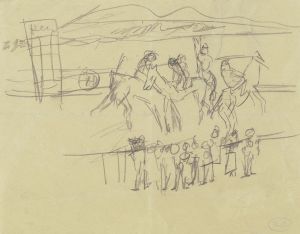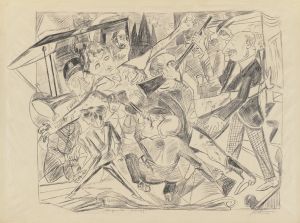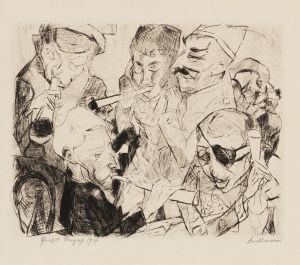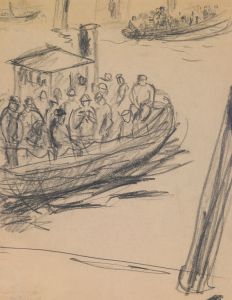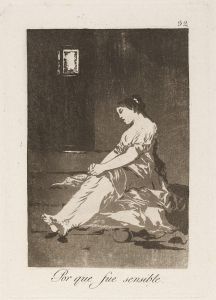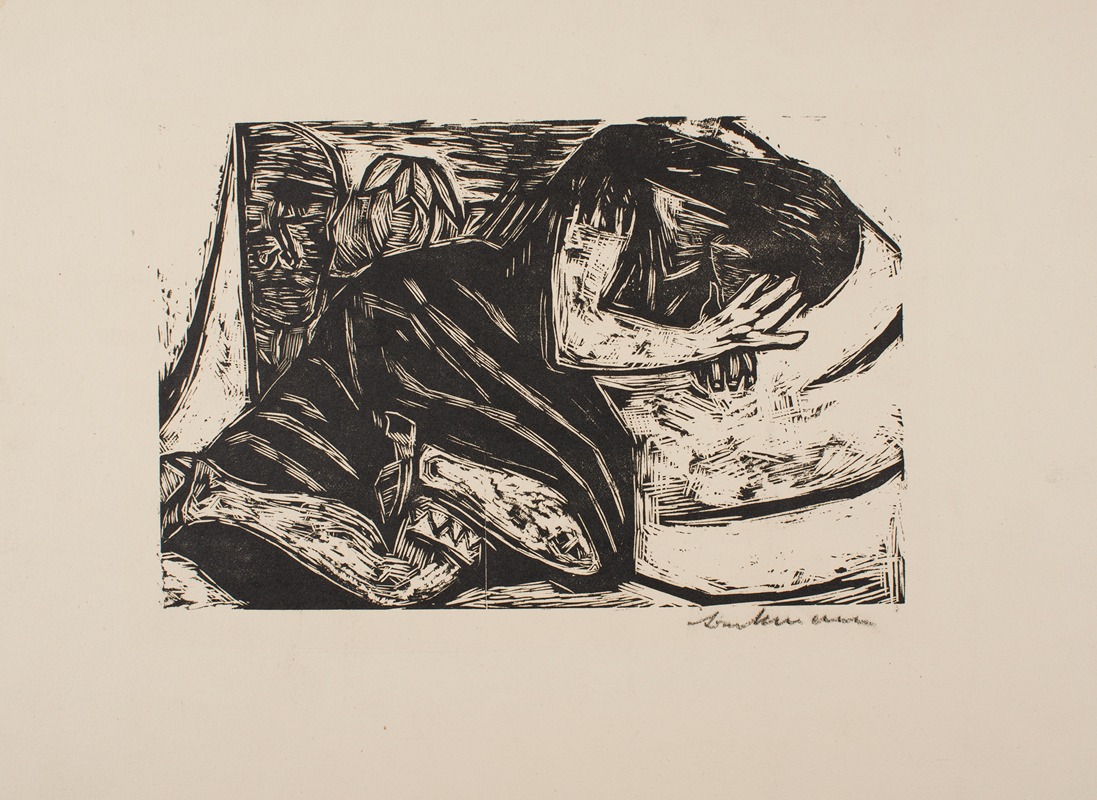
Seduction
A hand-painted replica of Max Beckmann’s masterpiece Seduction, meticulously crafted by professional artists to capture the true essence of the original. Each piece is created with museum-quality canvas and rare mineral pigments, carefully painted by experienced artists with delicate brushstrokes and rich, layered colors to perfectly recreate the texture of the original artwork. Unlike machine-printed reproductions, this hand-painted version brings the painting to life, infused with the artist’s emotions and skill in every stroke. Whether for personal collection or home decoration, it instantly elevates the artistic atmosphere of any space.
Max Beckmann's painting "Seduction" is a notable work by the German painter, who is widely recognized for his contributions to the Expressionist movement. Beckmann, born in 1884 in Leipzig, Germany, is renowned for his vivid and often complex compositions that explore themes of human experience, society, and the self. His works frequently reflect the turbulent socio-political landscape of early 20th-century Europe, marked by the two World Wars and the interwar period.
"Seduction" was painted during a time when Beckmann was deeply engaged with the Expressionist style, characterized by its bold use of color, dramatic forms, and emotional intensity. This period in Beckmann's career was marked by a shift from his earlier Impressionist influences to a more personal and symbolic approach, often incorporating elements of mythology, allegory, and personal narrative.
The painting "Seduction" exemplifies Beckmann's mature style, which often includes complex, multi-figure compositions. His works from this period are known for their dense, theatrical arrangements and a sense of psychological tension. Beckmann's use of space and perspective often creates a compressed, almost claustrophobic atmosphere, drawing viewers into the emotional and narrative depth of the scene.
In "Seduction," Beckmann employs a rich color palette and dynamic forms to convey the theme suggested by the title. The painting likely explores the interplay of power, desire, and manipulation, common themes in Beckmann's oeuvre. His figures are often depicted in a manner that suggests both physical presence and psychological depth, inviting viewers to engage with the underlying narrative and emotional currents.
Beckmann's work is often interpreted through the lens of his personal experiences and the broader historical context. Having lived through the devastation of World War I and the rise of Nazism in Germany, Beckmann's art frequently reflects a sense of existential inquiry and critique of contemporary society. His paintings, including "Seduction," often serve as a commentary on the complexities of human relationships and the societal structures that influence them.
Throughout his career, Beckmann faced significant challenges, particularly during the Nazi regime, which labeled his work as "degenerate art." Despite these obstacles, he continued to produce art that challenged and provoked, maintaining a commitment to exploring the human condition through his unique visual language.
"Seduction" is part of Beckmann's broader body of work that continues to be studied and appreciated for its artistic innovation and profound thematic exploration. His paintings are held in high regard in museums and collections worldwide, where they continue to captivate audiences with their intensity and depth.
In summary, Max Beckmann's "Seduction" is a significant example of his Expressionist style, reflecting the artist's engagement with themes of desire, power, and human complexity. Through his distinctive approach to composition and narrative, Beckmann invites viewers to delve into the psychological and emotional layers of his work, making "Seduction" a compelling piece within his artistic legacy.





